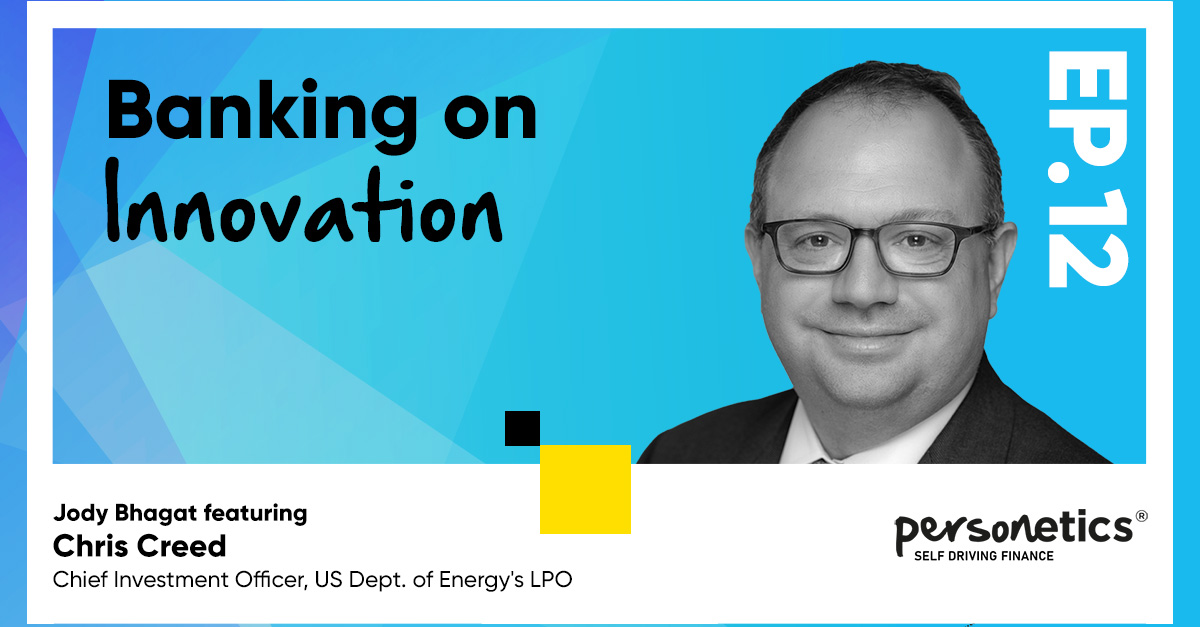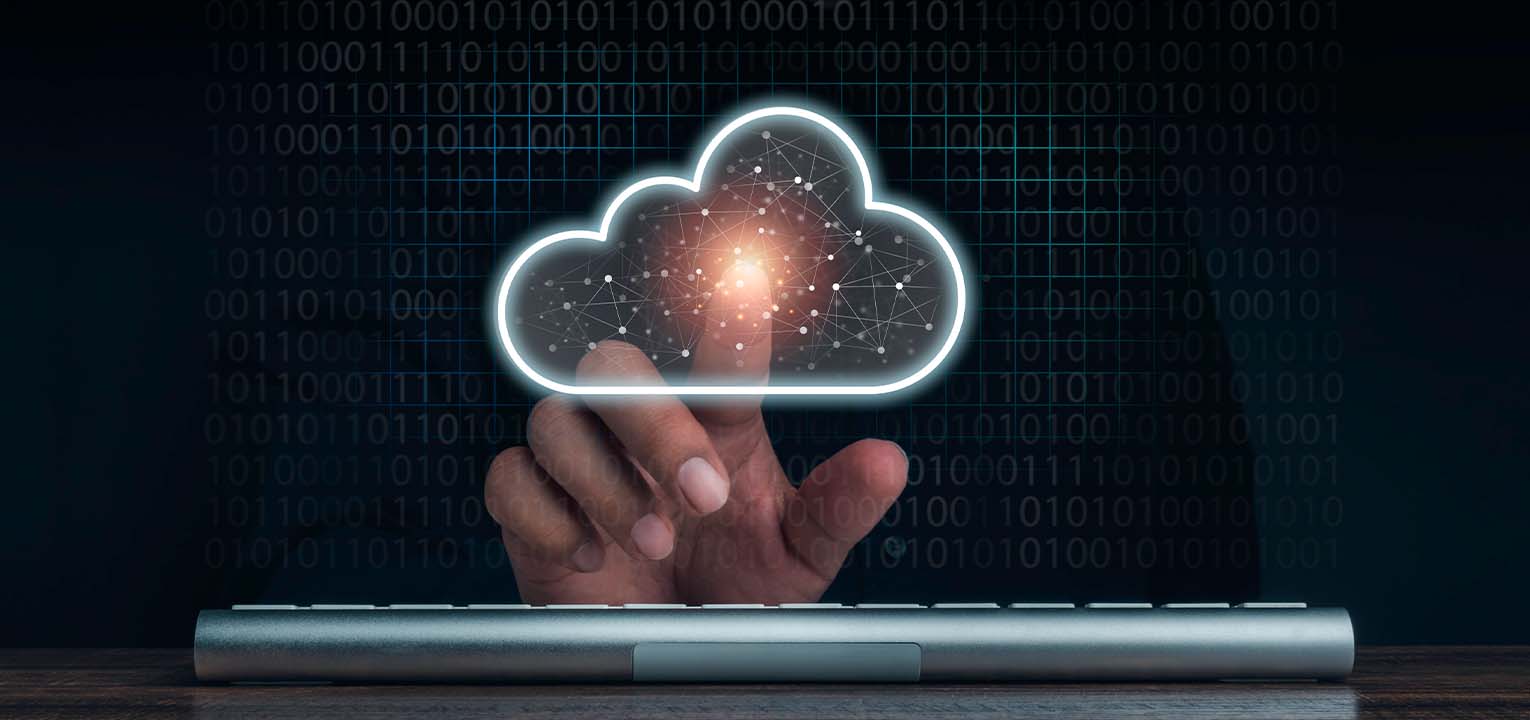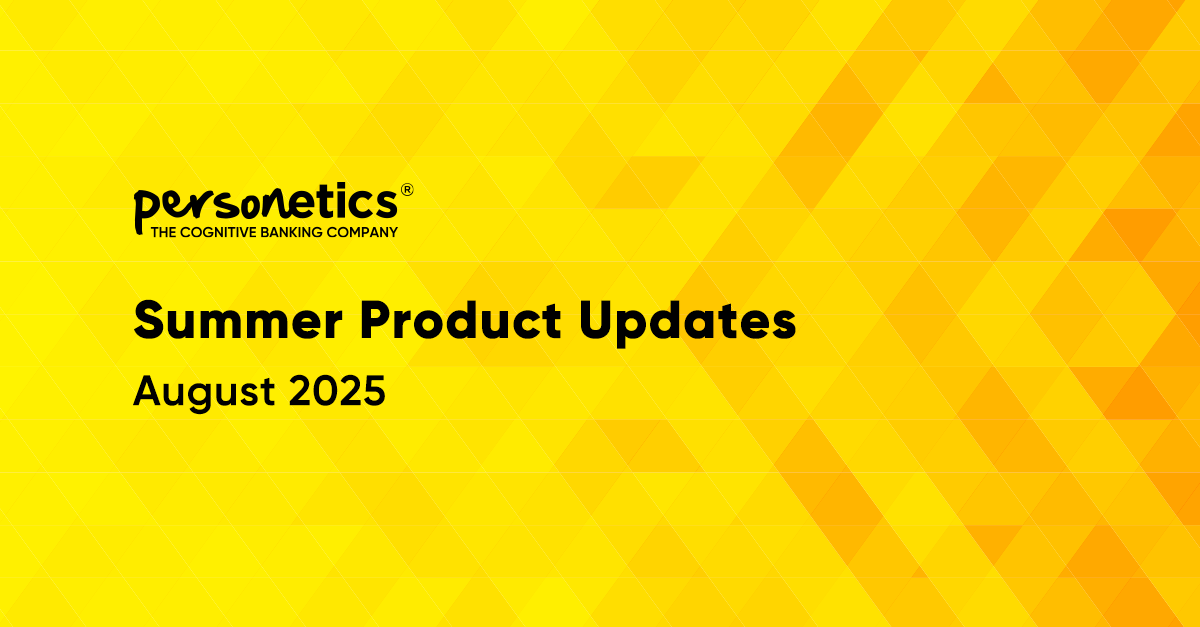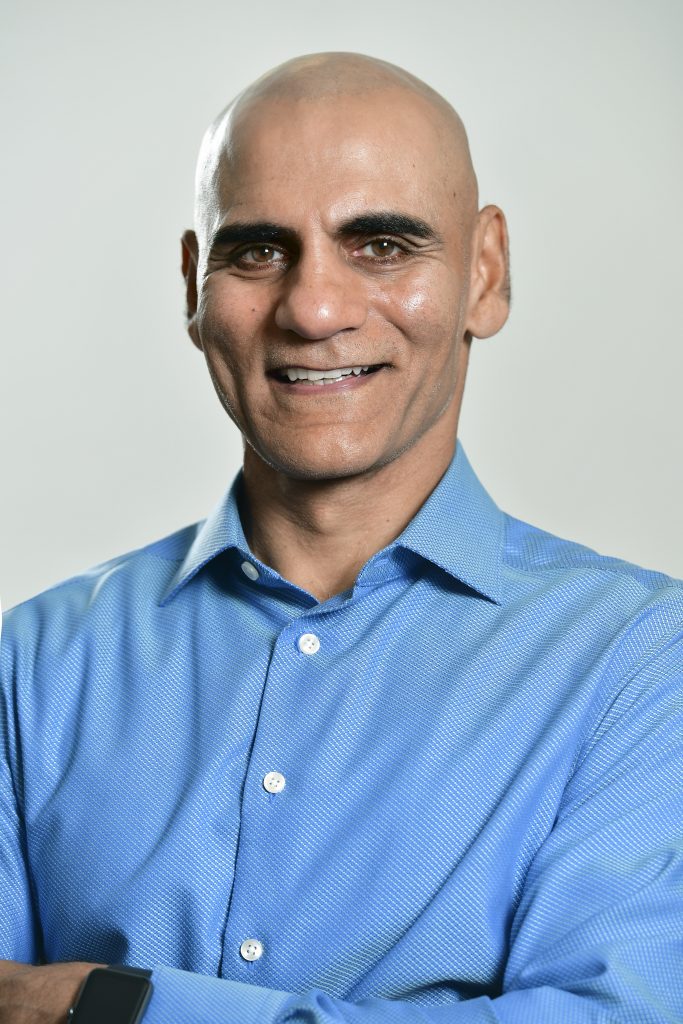June 21, 2023
A Financial Bridge to a Clean Energy Future: DoE’s Loan Program Office

The quest for a sustainable climate transcends industries, governments, and people across this globe. In this fascinating podcast with Chris Creed, the Chief Investment Officer at
LPO has served as a catalyst for advancing emerging technologies that hold significant importance for the country’s climate sustainability since 2005. The $11.7 billion allocated by the US Inflation Reduction Act (IRA) of 2022 to support investment in new loans for emerging climate and energy technologies has moved this program to center stage. The LPO has disbursed more than $36B to date but has over $400B of lending capacity across its multiple clean energy programs!
In his previous position, Chris managed over $75 billion in assets at Goldman Sachs. As Chief Investment Officer of the LPO, he plays a pivotal role in identifying and choosing the projects and technologies in which LPO invests to drive progress towards a sustainable future. Chris has joined forces with Jigar Shah, Director of the LPO, in bringing a savvy, commercially oriented mindset to the organization.
In this discussion, we focused on the “bridge to bankability” that the LPO aims to create. We had a remarkable exchange of ideas about innovative ways that LPO and commercial banks can collaborate to accelerate successful climate technology initiatives.
Funding that accelerates emerging clean energy solutions
The programs that LPO administers provide senior debt to catalyze the development of emerging clean energy solutions that are essential for decarbonization. As Chris explained, “If we can help solve the financing problem for these projects, we can help commercialize technologies and projects faster than the private sector would without our help.”
I was keen to hear Chris describe the banking industry’s critical role in bringing the technologies that LPO nurtures to market. LPO loans are primarily designed to help get these companies past the earliest stages where technology and market risk remain. Once they are sufficiently advanced and de-risked to be eligible for commercial senior-level debt, banks should be investing in them — first with LPO support and ultimately, independently.
Building a “Bridge to Bankability”
Many of the companies working on early-stage new technologies would not be able to access financing at rates near what LPO can offer them in any circumstances, especially not in today’s commercial debt market. In light of the tough financial climate, our discussion turned to how the LPO can help banks to help sustainable technology companies. He recommended that banks look into investible asset classes like utility-scale solar since these “graduates” of LPO programs are already mature enough for high-level senior financing.
Encouraging value alignment with consumer spending
Shifting from banks to the consumers they serve, Chris said that LPO recently introduced its first consumer-related transaction, with the aim of changing behavior. Rooftop solar and wind power generation are expected to grow as a percentage of the energy supply, but to make them truly viable for widescale consumer adoption, smart grids are needed to align demand and supply. Creating technology today to ensure that there’s enough addressable demand for electricity will make it worth consumers’ while to invest in rooftop energy generation in just a few more years.
Educating for sustainability and measuring its financial impact
Just as Chris is counting on banks to invest in technology development and providing LPO support to allow them to do so, he is looking to banks to partner on customer education and behavioral incentives.
Our discussion took a lively turn when Chris mentioned that the LPO is seeking ways to partner with banks to accelerate consumers’ expenditures for clean energy products. Money management tools could make a real difference in decisions like these. For instance, banks could model how purchasing decisions impact cash flow going forward, to demonstrate that in the long term, more costly sustainable options can really cost less.
Similarly, We discussed how money management tools can be adapted to educate customers about sustainability impact, showing how small consumption decisions today can have large impact down the road. Since banks have access to purchasing data, they could encourage consumers to buy from merchants with strong ESG scores.
Demystifying sustainability tax incentives
Tax incentives were an additional area in which Chris saw significant opportunity for banks to influence consumer behavior. Banks could help their customers (both commercial and consumer) by demystifying the various climate sustainability tax incentives that might be relevant and integrating them with energy savings projections to give customers a true picture of financial impacts that might tip them in the direction of climate-responsible behavior.
Wrapping it up
The banking industry can take concrete steps to help progress the climate agenda. Helping consumers, SMBs, and commercial customers understand their carbon impact based on transaction activity and make better, more informed decisions is a great first step. Educating and promoting certain actions or incentivizing behaviors by using more favorable terms to promote climate-friendly actions is the next logical step.
It’s impressive to see the strategic vision and level of ambition that LPO Director Jigar Shah and Chris have brought to nurturing and promoting sustainability solutions. Personally, I am grateful for their dedication in channeling their vast talents and commercial experience towards achieving a more sustainable future for all of us. I am equally delighted with the enthusiasm they bring to partnering with the banking industry to help businesses and consumers understand, embrace and advance climate goals and the actions required to meet them.
This is a Banking on Innovation episode that you will not want to miss. Click here to listen now. If you find it as interesting as I did, send a “subscribe” link to your colleagues and friends.
How can you listen to the podcast?
Please tune in and join me and my guests on this journey. Episodes of Banking on Innovation will be released every 2 weeks.
You can access new podcast episodes here: Spotify, Apple, and Google.
Connect with podcast host Jody Bhagat on LinkedIn: https://www.linkedin.com/in/digitalbusinessgrower
Want To See How Cognitive Banking and AI Can Transform Customer Engagement?
Request a Demo Now
Latest Posts

How to Maximize SaaS Value and Future-Proof Your Platform

See What’s Sizzling in our Summer Product Release Highlights

Truist's Performance Marketing Journey: From Merger Challenges to Million-Dollar Results

How Asia Pacific Banks Are Redefining AI-Driven Engagement

How iBank and Personetics are Transforming Personal Finance in Japan

Beyond Transactions: How Synovus is Creating Deeper Digital Engagement at Scale

Jody Bhagat
President of Americas, Personetics
Jody brings deep operating experience in financial services – managing direct channels, launching digital ventures, and leading digital transformation programs. He was previously a Partner at McKinsey & Company, where he helped financial institutions define and execute digital transformation programs to drive customer growth and operating efficiency. Jody also served in senior digital operating roles at U.S. Bank, Wells Fargo, and Providian. In these positions, he led digital sales and service functions and direct to consumer businesses to deliver organic growth and enhanced customer experience. Jody has an MBA from Northwestern University and a BS in Computer Engineering from The University of Michigan.









